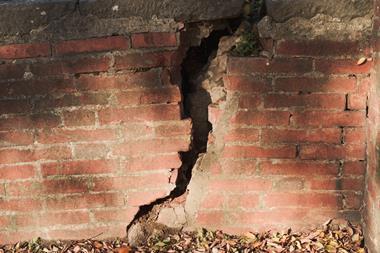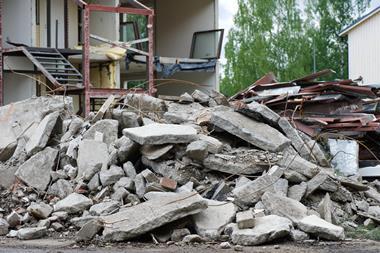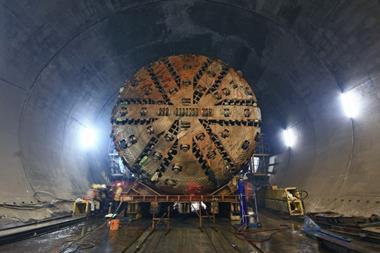Construction companies face myriad challenges as infrastructure projects grow in complexity and the need to balance the dual pressures of price competition and quality standards grows

From high-speed railways and tunnelling projects deep beneath cities, to bridges crossing ever-wider spans and offshore wind projects in catastrophe-exposed waters, there are numerous reasons why construction and infrastructure projects are growing in size and complexity. Many of the greatest risks in delivering infrastructure projects relate to time, either owing to delays or pressure to deliver within tight timeframes.
Macro trends such as population growth and urbanisation are contributing factors, with predictions that at least ten cities will have populations of more than 50 million by 2100. In the race to develop and compete globally, many nations are launching ambitious megaprojects. They are expanding ports and airports, expanding transportation and ramping up power generation and utilities to service the fast-changing needs of their economies and societies.
Disruption and technology are also impacting the speed and scale of infrastructure development. “If we look at power generation for instance, and wind energy specifically, the speed with which we have moved from 1MW capacity to 8MW or even 10MW wind turbine capacity within 20 years is tremendous,” says Guido Benz, head of engineering and construction, at Swiss Re Corporate Solutions.
The sites for such projects are not getting any easier to navigate. From offshore wind arrays in parts of South East Asia prone to typhoons and earthquakes, to tunnels through the Andes or beneath major cities such as London and Hong Kong, the operating conditions are becoming riskier, thinks Benz.
From an insurance perspective specialist engineering and construction underwriters must balance improvements in construction methods with the demands of ever-more ambitious projects. “The technical exposure of the risk has not become less,” he says. “You could argue that improved construction methods and more experience compensates some of that.”
“But at the same time, looking at where some of the projects are being executed in terms of complex, difficult subsoil conditions, more exposed locations - whether that is natural catastrophe, offshore, densely-populated areas in city centres - there are also more exposures that the contractors are taking on.”
“And it’s fair to say we see increasingly more risks shifted from contractors and developers to the insurance industry,” he adds. “So we need to decide what level of risk can we take on board, how to ensure adequate skin in the game by the insured and how well we can really assess these risks.”
Increasingly complex projects are also more prone to disruption, with cost and schedule overruns a particular feature of megaprojects (those with budgets exceeding $5 billion), according to McKinsey. It found that just five percent of 500 global projects above $1 billion were completed within their original budget and schedule.




















No comments yet